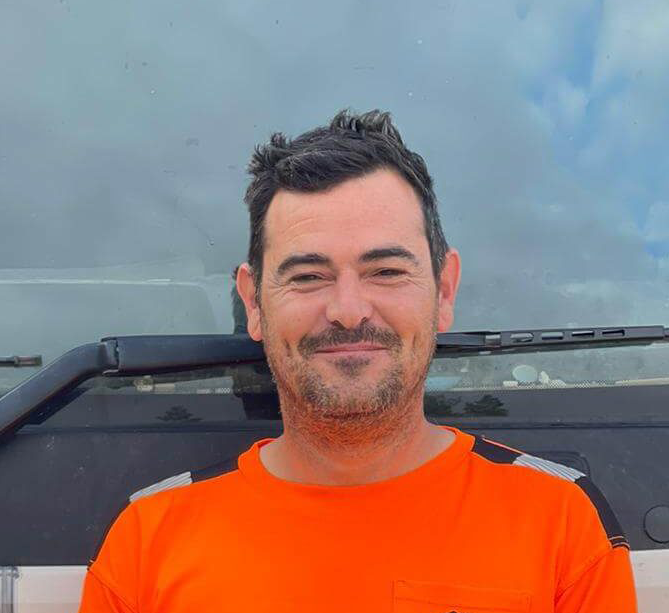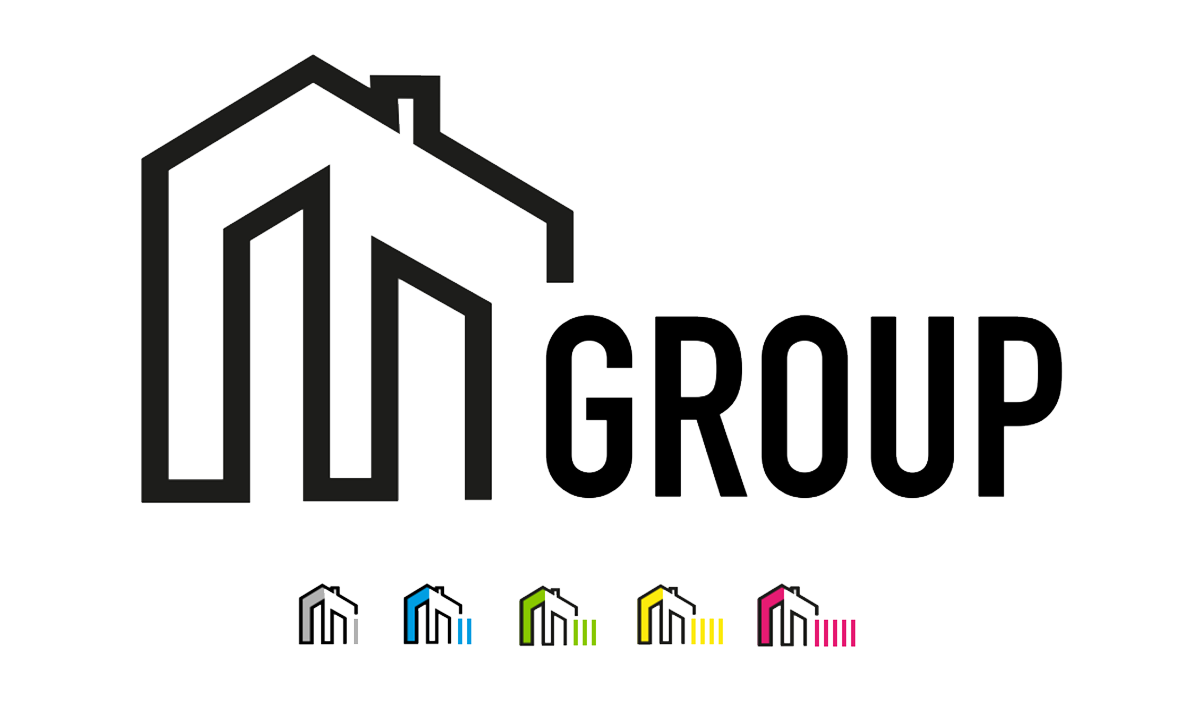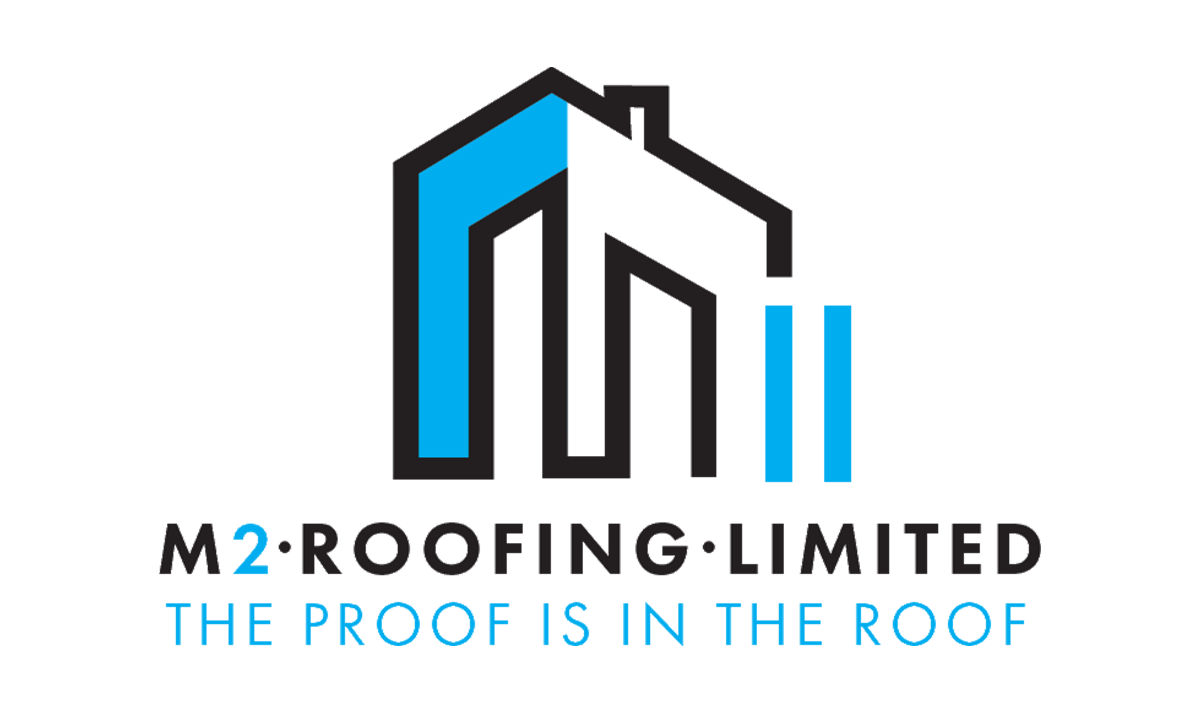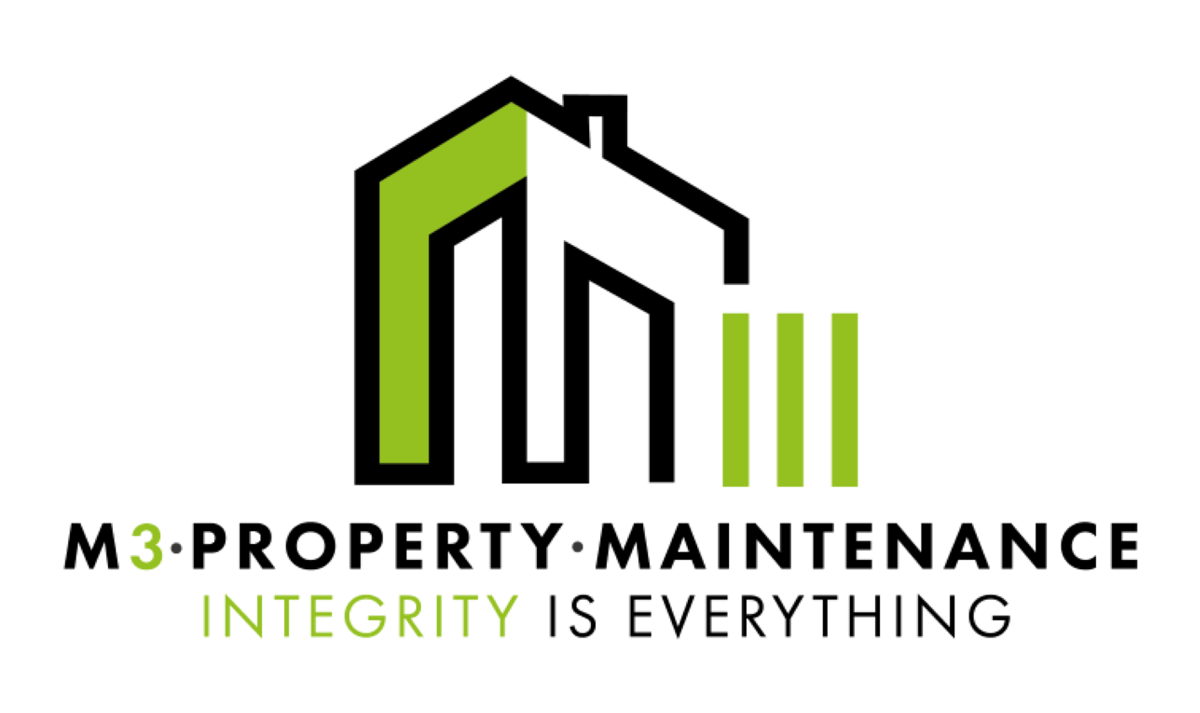How to Prevent Injury When Working on Scaffolding
The number one reason for using scaffolding is for the workers’ health and safety while working at height or in awkward access areas.
Providing you get your scaffolding professionally installed and follow health and safety guidelines, you should ensure you have provided a safe place to work. However, working on scaffolding comes with hazards or risks that need to be considered and managed to ensure everyone on the site is kept safe.
It isn’t just the workers using the scaffolding that are at risk of falls, but people below can be injured by falling debris or materials.
The site or project manager should ensure that as much as possible is done to reduce any possibility of injuries occurring on site.
This article will look at some strategies that will help avoid injuries and falls from scaffolding.

Risk Assessments
According to the Health and Safety Executive (HSE), a risk assessment should always be carried out if any work is required to be carried out at a height over two metres.
The first thing is to assess whether there is an alternative to carrying out the work at height. Avoiding working from heights is the easiest way to avoid any potential accidents.
If you decide that the only way to complete a job is by working at height (and many jobs need to be done at height in construction and maintenance), you must put in place a plan to mitigate or prevent any risks associated with working at height.
Scaffolding is far and away the best option in most instances for providing a safe and stable platform for workers to carry out their jobs effectively.
Using Qualified People to Erect your Scaffolding
Work at Height Regulations (2005) state that scaffolding should be erected and designed by competent people under the direction of a qualified supervisor.
It stands to reason that a poorly built or designed scaffolding set-up could prove to be more dangerous than not using scaffolding.
It makes sense in many instances to use a professional scaffolding company that will have experienced and qualified staff ready to ensure that your scaffolding requirements are met using current Health and Safety regulations.
Scaffolding Inspections
Immediately after your scaffolding has been erected, it is essential to have a full inspection carried out before any work begins.
The inspection should aim to identify any potential dangers such as structural weaknesses, how to level the scaffolding, and whether further bracing is required. It may become evident at this stage that more safety measures such as rails are needed to protect workers.
Suppose the scaffolding is likely to be up for a while. In that case, it is also advisable to carry out weekly inspections to check for any deterioration in the structure’s integrity and replace damaged parts.
Training and Personal Protective Equipment
Health and safety guidelines cover both prevention and mitigation of accidents.
Training should be provided for all workers who will be working at heights. Education can help reduce the likelihood of accidents occurring and enable workers to correctly use scaffolding and safety equipment.
Every worker must be equipped to take responsibility for safety measures for themselves and others. They should know how to prevent accidents from happening by reducing their risks.
Safety equipment can not only prevent falls but can also mitigate any injuries if a fall should happen.
PPE such as fall arrest harnesses and lanyards can be used to prevent a worker from getting into a fall position whilst providing freedom of movement. In extremely high-risk situations such as on a roof, fall restraint systems will ensure a worker cannot fall.
Nets and soft landing equipment can reduce injuries sustained if a fall should occur while guard rails can help prevent falls, including dropping equipment that could injure people below.
All safety equipment should be regularly inspected and maintained to retain its effectiveness.
Site Management
Maintaining the tidiness and cleanliness of a site is essential for making the work environment safer.
You will be surprised how many accidents occur from tripping over tools and equipment that have not been put away correctly.
Every worker should be reminded of their responsibility to keep their areas free of trip hazards, and regular inspections can ensure that your policy is being followed. A tidy site is a safer site, especially on scaffold platforms.
Bad Weather
Bad weather, such as strong winds, is not just an inconvenience, but can be lethal on scaffolding. Work must be halted if weather conditions are dangerous.
Working on scaffolding is particularly risky in windy conditions as workers will be exposed to gusts that can cause them to lose their balance. 50% of fatal falls occur at less than three metres, so safety should never be compromised.
It is also not advisable to erect scaffolding during high winds as the partial structures can be too unstable.
A guide for site closure in strong winds:
No hoisting equipment should be used in force seven winds (31-38mph).
No scaffolding should be used in force eight winds (over 39mph), and cranes should not be operated.
Snow and ice can also provide slipping hazards for workers.
Other Hazards
The original risk assessment should identify any additional hazards such as overhead power lines in the immediate environment.
Training should be provided to all construction workers or tradespeople to ensure they know how to operate safely amongst any potential dangers.
Don’t Compromise on Your Safety Measures
Budgets are often tight, and timescales can be hurried, but it is never worth risking death or injury to workers to save money or time.
It is far better to have a realistic estimate of costs, including safety equipment and professional scaffold installation, than to suffer the consequences. Allow for time to train all staff and carry out regular inspections when you organise your deadlines.
The danger occurs when corners are cut, such as cheap PPE or missing out checks.
The best advice for preventing injury on scaffolding is to use a professional scaffolding company like M1 Scaffolding. We can design, erect and manage all your scaffolding needs.




